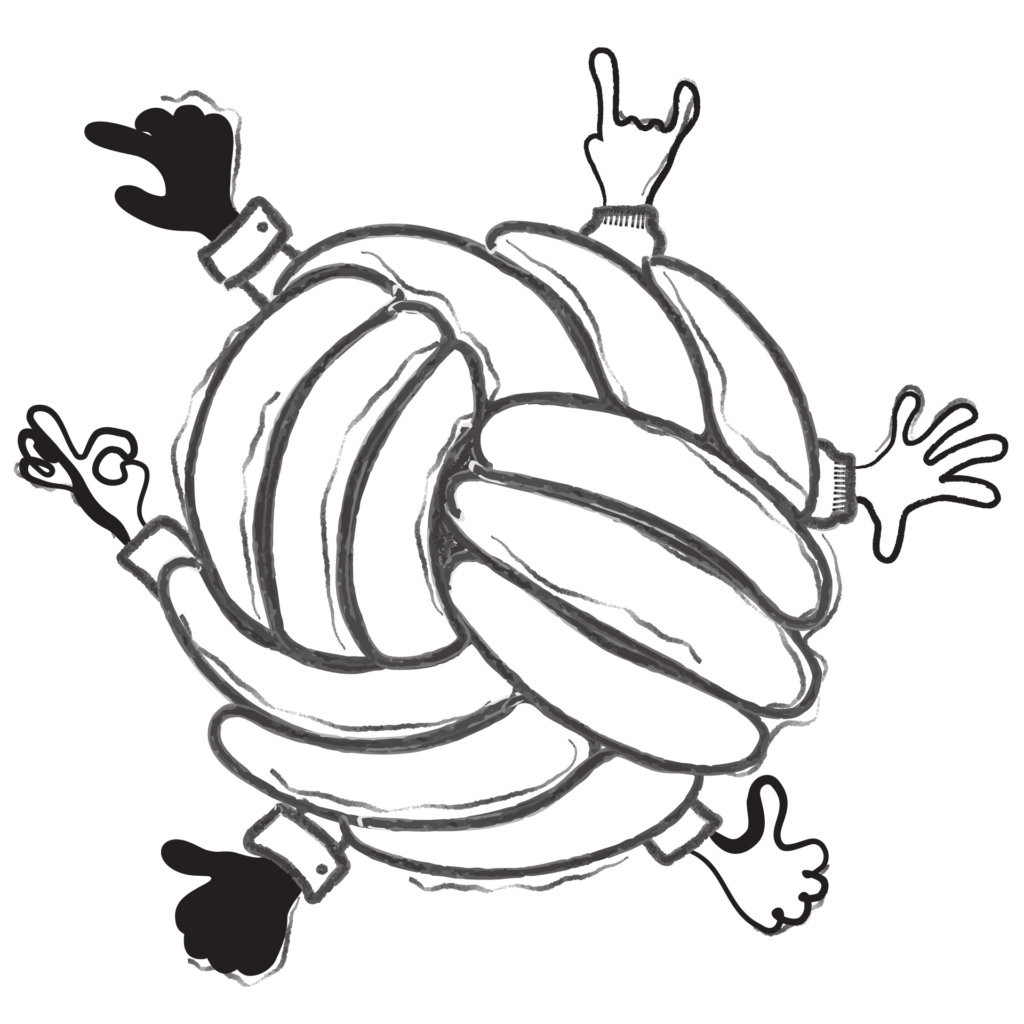What is dyspraxia?
Dyspraxia is surprisingly common, yet it remains a little bit of a mystery to most of us. Mainly it affects fine and gross motor coordination. Think jumping or twirling spaghetti…it’s twice as hard for someone with dyspraxia. It can also cause trouble with non-motor activities too, such as planning and organization.
TELL ME ABOUT DYSPRAXIA
From the moment they’re awake until they’re tucked up in bed, everything from writing to eating can feel like an effort. When they’re begging you to tie those shoelaces, they’re not just looking for attention. They need to learn eventually. But some days it can seem genuinely hard. Other days are comparably easier.
Children with dyspraxia can often feel stupid and misunderstood. They may feel generally ‘out of synch’ with the world around them. They’ll want to hide their amazing drawings from us and sign off their written work as Anon. Keep an eye on feelings of loneliness and low self-esteem.
DOES MY CHILD HAVE DYSPRAXIA?
Dyspraxia is typically diagnosed around the age of five. Some early developmental signs can help with a diagnosis.
Dyspraxia also frequently coexists with ADHD as well as dyslexia or other language disorders. As if that’s not enough, there’s the inevitable social, emotional, and behavioural difficulties. Experts say 10% of the population have some degree of dyspraxia with 2% being severely affected.
Some health professionals like to get specific. They will narrow down which kind of dyspraxia you’re dealing with.
The most common types are:
Oromotor Dyspraxia. This is also known as verbal dyspraxia or apraxia of speech. As much as they may want to talk, words just trip them up. They all mesh into one. Chewing food without messing can also be a problem.
Constructional Dyspraxia. This is to do with spatial relationships. Geometrical shapes and building blocks make little sense. We’re not all born architects!
Ideational Dyspraxia. Nothing to do with having great ideas but rather fumbling the step-by-step actions necessary to realise them. Making mum a cup of tea, or knowing how to co-ordinate the large leg muscles in order to run or dance, is complex.
Ideomotor Dyspraxia. This relates to single-step motor tasks. Sensitivity in the fine motor muscles make holding onto that pen just too exhausting. Needlework and knitting can be frustrating.
It’s good to speak to your doctor first. The next port of call is an Occupational Therapist for a formal evaluation. An Educational Psychologist can also assess but may be more appropriate once your child is in formal education.
WHAT ARE THE TELL-TALE SIGNS?
Physical Challenges. A child with dyspraxia is hesitant in their actions. They don’t quite hit those developmental milestones. Rolling, sitting, crawling and walking may be delayed. They are generally clumsy. They trip over frequently. Weak muscle tone gives an appearance of ‘floppiness’ or physical awkwardness.
Lack of Fluency. Flexibility and fluidity are not their natural superpowers. They will find sports, speaking and social interactions more difficult than their peers. Copying work from the blackboard requires support with co-ordination. Generally, things just aren’t as instinctive and organising oneself requires more mental energy.
Disorganisation. This child really struggles to structure their work neatly or systematically. Remembering and following instructions make it hard to stay on top of things. They can struggle with poor attention spans and short-term memory. Trying to remember what’s happening sequentially in the day is frustrating despite countless reminders. Difficulties assembling jigsaw puzzles and shape-sorting may provide clues to this muddled thinking early on.
Sensory Sensitivity. There is either a higher or lower sensitivity to certain external stimuli. Some may be sensitive to bright, direct or flashing lights. Others may zone in on certain sounds, the low buzz of air-conditioning units or low-level chatter. Even textures overwhelm their sensory system and make it harder to concentrate.
Why does my child have dyspraxia?
A lot more research needs to be done to fully understand dyspraxia, both its symptoms and causes. One common debate is whether dyspraxia and Developmental Coordination Disorder (DCD) are even exactly the same condition.
Scientists believe that dyspraxia is caused because of delayed development of the motor neurons in the brain. This means that nerve cells controlling muscles are not developing correctly. But the why is hazy. Some reasons currently cited are premature birth, low birth-weight, and alcohol consumption during pregnancy. There is also a hereditary component, though which genes are implicated, is unclear.
How Is Dyspraxia Treated?
Dyspraxia doesn’t automatically go away except in less severe cases. Ongoing symptoms can be managed with the right treatment plan.
Treatment for Dyspraxia usually includes:
Parent Support: Keeping a long-term focus helps as well as lots of patience. Exercises may seem like they’re not working, then suddenly things just click. Active play is great for bonding and a stress-release for parents too. It also improves muscle tone and coordination. It’s important to work with your child’s interests and not to get too hung up on results.
School Support: Your child’s teacher may be the first to pick up on coordination struggles. An official diagnosis opens the door to special accommodations in school. Also simple things can be hugely helpful. Allow an older child into the classroom ahead of time to organise their
equipment. Or build in time and space to plan before the next lesson or project. Get to know the child and establish a connection.
Therapy: Motor-coordination can improve with intervention and age. Occupational Therapy and physiotherapy will help strengthen movement and coordination skills. Speech & Language Therapy will tackle problems relating to verbal dyspraxia. If you can afford it, you might want to consider Equine Therapy which uses the physical motion of horse-riding to stimulate and improve cognition, concentration, balance and motor skills.

Want to know more?
MatchMe Therapy is on a mission to help families. We’re just getting started so please get in touch if you want to learn more about what we want to do and how we hope to do it.
